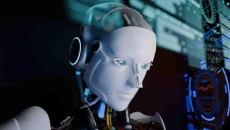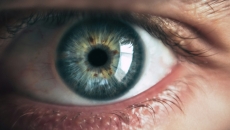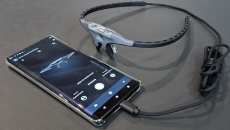Emerging Technologies
A Google Cloud report revealed that 46% of healthcare executives say their organization is appropriating more than half of their future AI budget to AI agents.
Since launching in March, the company has raised $550 million.
Clarity uses video and audio to examine facial expressions and identify intimidating gestures and aggressive language.
About 300 million prescription records were used to train the AI to reveal drug safety issues and opportunities for repurposing medicines.
The company offers computer vision technology that enables humanoids and robots to perceive the world in 3D similar to how humans use their eyes and depth perception.
The OLED contact lens-based ERG test could be the first of its kind in the world.
The company will trial its AI eye-tracking technology in Antarctica to simulate the harsh conditions of deep space missions.
The study claims to be the first in the world to combine AI and optogenetics in Parkinson’s diagnosis and treatment.
The company will adapt space-tested health technologies for Earth, including post-operative recovery kits, civilian spaceflight medical systems and longevity medicine tools.
The company anticipates doubling its revenue this year reaching $1 billion in sales.









